What engine options are available in the Nissan X-Trail?
The Nissan X-Trail is powered by a 1.5L Variable Compression Turbo Petrol engine with ALiS 12V Mild Hybrid technology, offering 1498 cc and 3 cylinders.

Fuel type
Hybrid
ARAI mileage
13 - 13 kmpl
Transmission
Automatic
Engine capacity
1498 cc
Seat capacity
7 seater
Available colours
3 colours



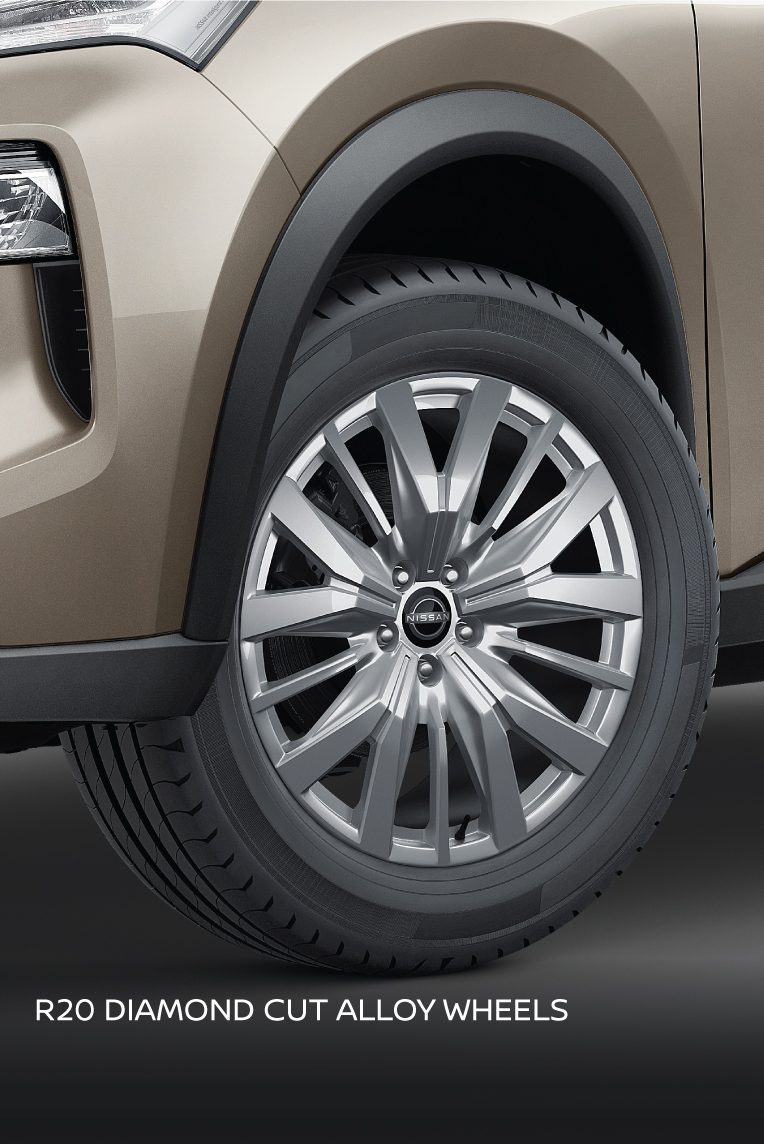
Wheels Alloy

Headlights LED
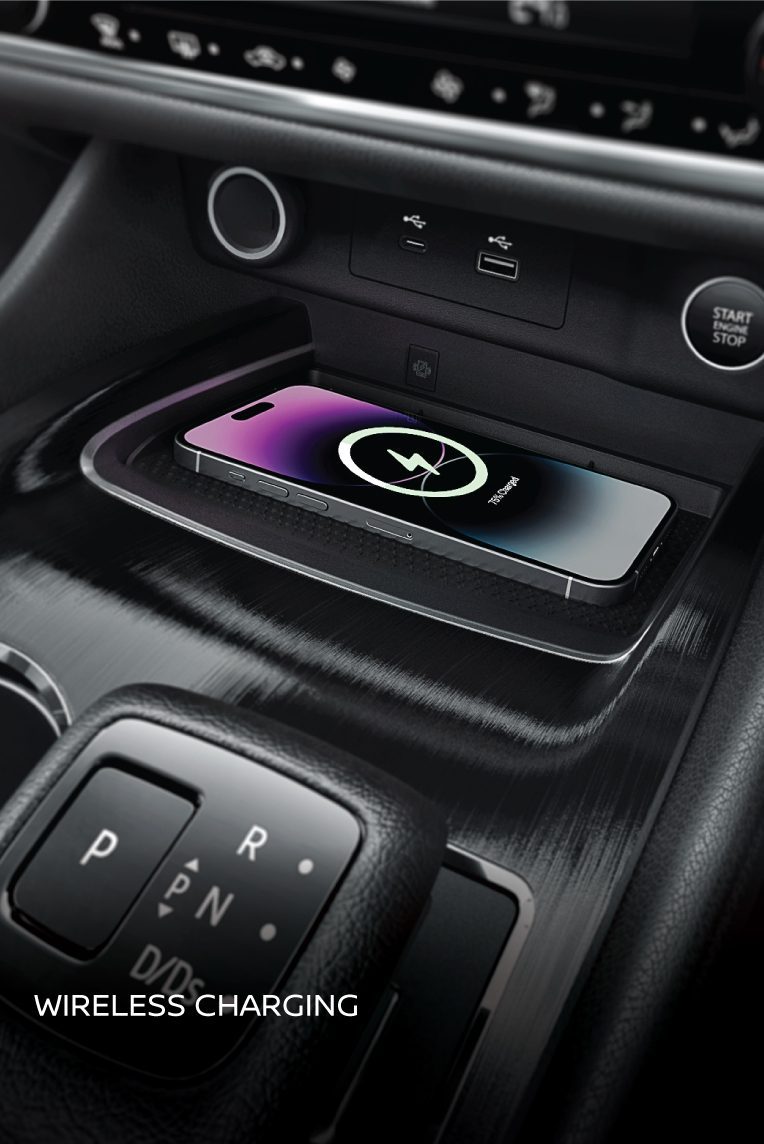
Wireless Charger

Front Armrest With Storage

Instrument Cluster Digital
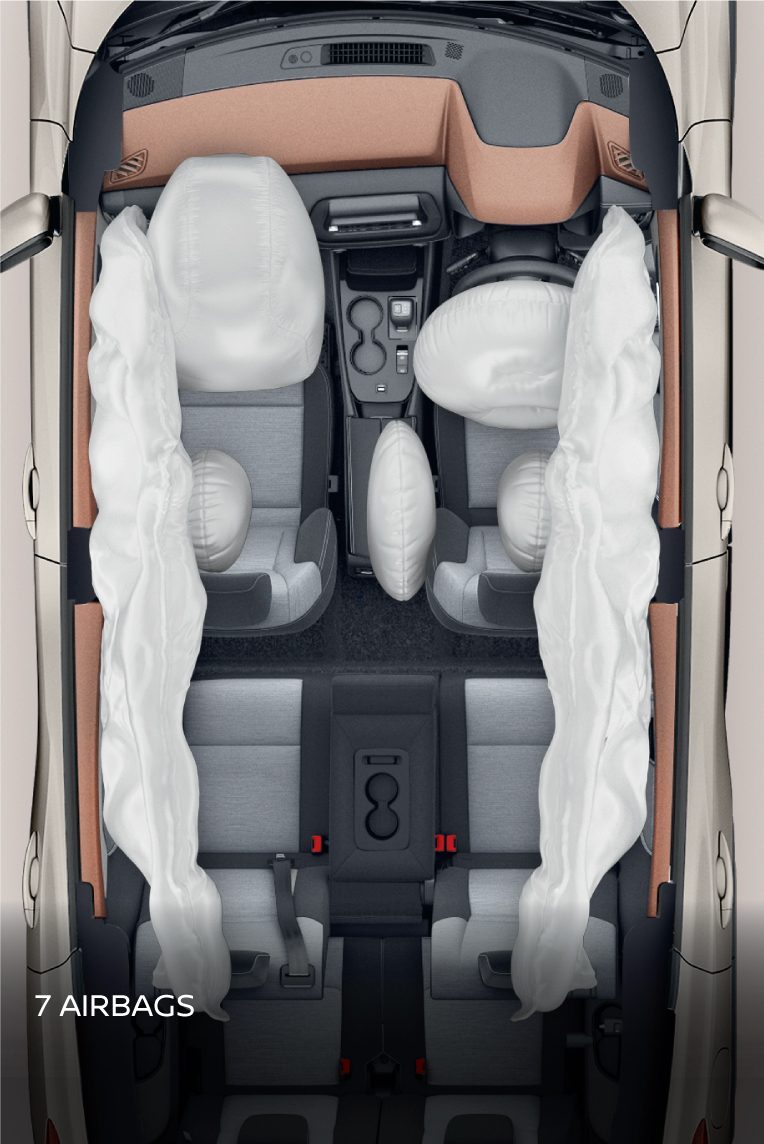
Airbags 7
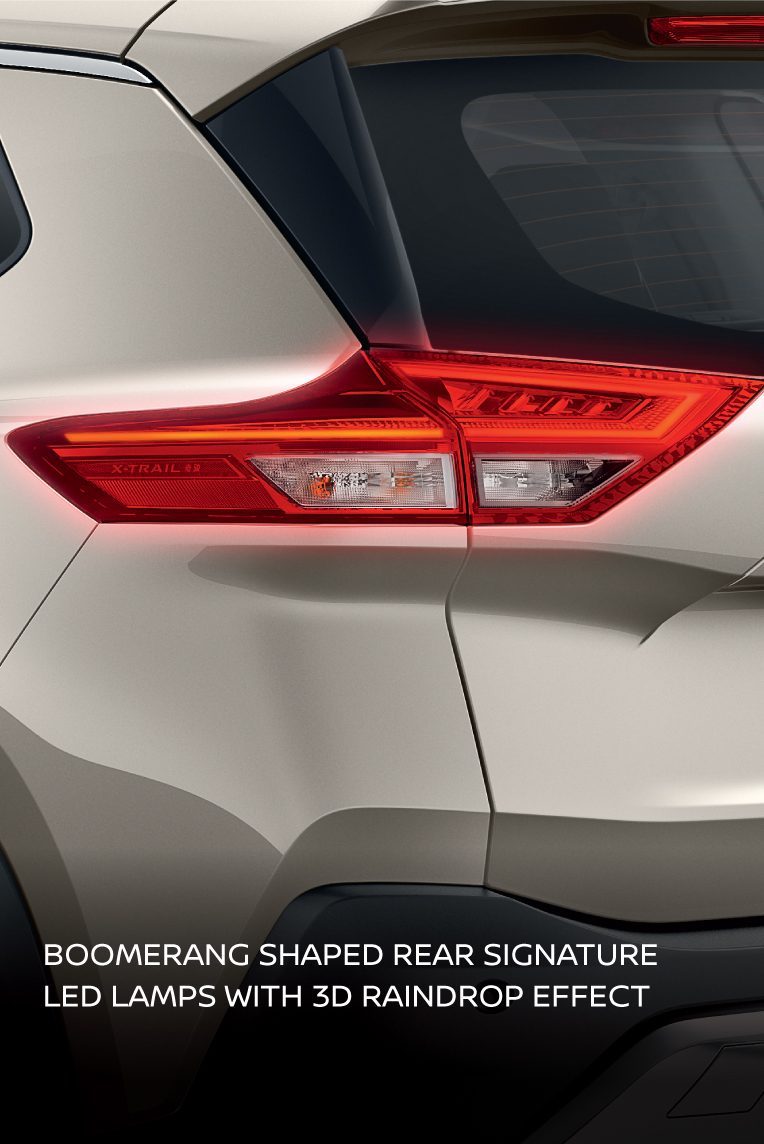
Taillights
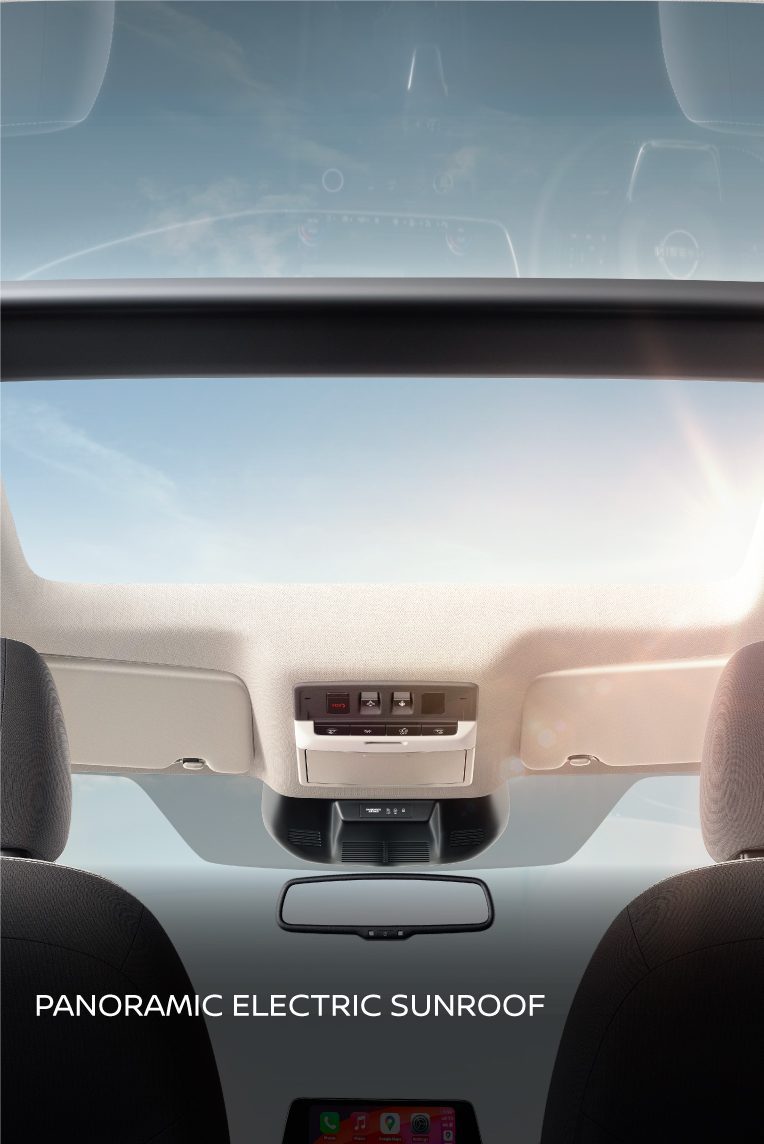
Sunroof
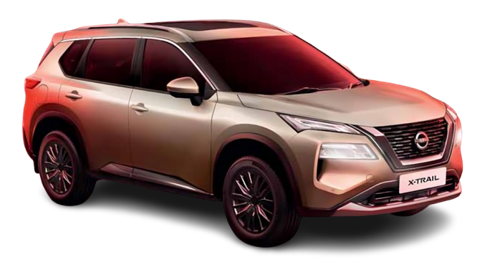





The Nissan X-Trail is powered by a 1.5L Variable Compression Turbo Petrol engine with ALiS 12V Mild Hybrid technology, offering 1498 cc and 3 cylinders.
The Nissan X-Trail comes equipped with 7 airbags, ensuring enhanced safety for all passengers in the vehicle.
The Nissan X-Trail measures 4680 mm in length, 1840 mm in width, and 1725 mm in height, giving it a spacious cabin and a strong road presence.
The Nissan X-Trail offers wireless Android Auto and Apple CarPlay for seamless smartphone integration and connectivity.
The Nissan X-Trail's boot space is 177 litres, and it can be expanded by folding the rear seats for added cargo capacity.
Discover. Decide. Drive.
Explore at your pace, with expert recommendations if needed. Finalise and book your car at the best price.
Financing the right way
Access the best loan options with hassle-free, paperless financing.
Prepare to drive
Schedule delivery for your special day and track updates effortlessly.Schedule delivery for your special day and track updates effortlessly.